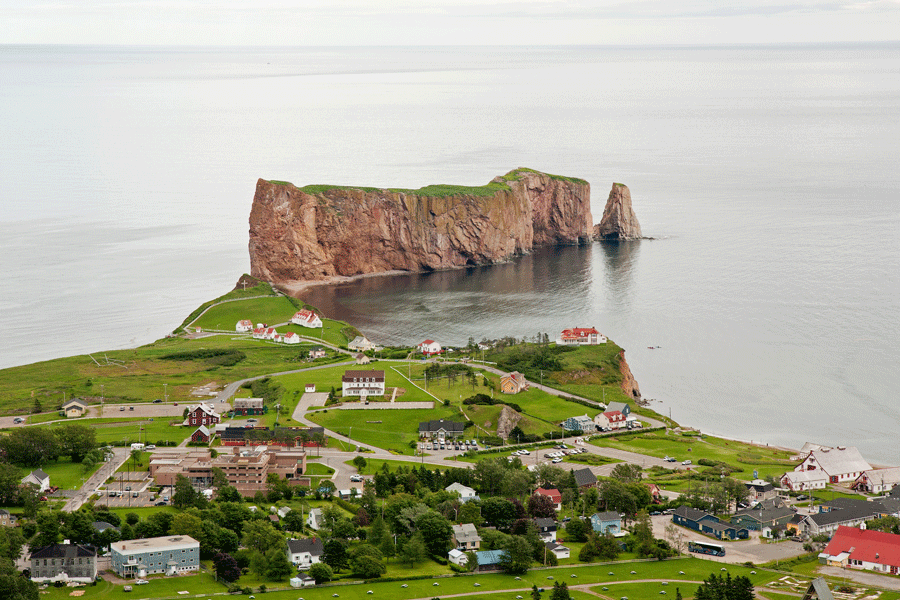Abu Simbel are twin temples that were carved out of giant rock during the reign of Pharoah Ramesses II in the 13th century BC. For centuries they laid forgotten in sand until their rediscovery by Swiss orientalist Jean-Louis Burckhardt in 1813. The temples are best known for their iconic carvings of egyptian gods Amun, Ra-Horakhty, and Ptah, along with Ramesses himself.
Located outside a small village in southern Egypt, the temples were relocated to the western banks of Lake Nasser under the protection of UNESCO to make way for the construction of the Aswan High Dam. The work for this was carried out between 1964 and 1968 with skilled workers carving the relics up into large blocks and moving them 200 meters further from the river and 65 meters higher.
Be sure to visit Abu Simbel on February 21st and October 21st when you will see the sun penetrate the top of the temple, illuminating the sculptures on the back wall.
Source: wikipedia
Egypt




